Italy year 1976 Art Famous Painters – FDC complete set
Italy has a long tradition of producing some of the most famous and influential painters in the history of art. Here is a list of some of the most renowned Italian painters:
1. Leonardo da Vinci (1452–1519)
- Notable Works: Mona Lisa, The Last Supper, The Virgin of the Rocks
- Style/Movement: High Renaissance
- Contribution: Leonardo is celebrated for his mastery in art and his exploration of human anatomy, light, and perspective. His works are iconic symbols of the Renaissance.
2. Michelangelo Buonarroti (1475–1564)
- Notable Works: The Creation of Adam (Sistine Chapel Ceiling), The Last Judgment, The Doni Tondo
- Style/Movement: High Renaissance
- Contribution: Although more famous as a sculptor, Michelangelo was also an exceptional painter, known for his powerful figures and grand compositions in fresco.
3. Raphael Sanzio (1483–1520)
- Notable Works: The School of Athens, The Sistine Madonna, The Transfiguration
- Style/Movement: High Renaissance
- Contribution: Raphael is known for his harmonious and balanced compositions, as well as his masterful portrayal of the human form. His work epitomizes the ideals of the High Renaissance.
4. Sandro Botticelli (1445–1510)
- Notable Works: The Birth of Venus, Primavera, The Adoration of the Magi
- Style/Movement: Early Renaissance
- Contribution: Botticelli is renowned for his delicate, flowing lines and ethereal figures, particularly in mythological scenes. His works are among the most beautiful and celebrated of the Renaissance.
5. Titian (Tiziano Vecellio) (c. 1488–1576)
- Notable Works: Venus of Urbino, Assumption of the Virgin, Bacchus and Ariadne
- Style/Movement: Venetian Renaissance
- Contribution: Titian was a master of color and a leading figure in the Venetian school of painting. His use of color and loose brushwork influenced generations of artists.
6. Caravaggio (Michelangelo Merisi da Caravaggio) (1571–1610)
- Notable Works: The Calling of Saint Matthew, Judith Beheading Holofernes, Bacchus
- Style/Movement: Baroque
- Contribution: Caravaggio revolutionized painting with his dramatic use of light and shadow (chiaroscuro) and his realistic depiction of human figures in moments of intense emotion.
7. Giotto di Bondone (c. 1267–1337)
- Notable Works: The Scrovegni (Arena) Chapel frescoes, Madonna Enthroned, Lamentation
- Style/Movement: Proto-Renaissance
- Contribution: Giotto is often considered the father of European painting. He broke away from the Byzantine style, introducing more naturalistic figures and three-dimensional space, paving the way for the Renaissance.
8. Giorgione (Giorgio Barbarelli da Castelfranco) (c. 1477–1510)
- Notable Works: The Tempest, Sleeping Venus, Three Philosophers
- Style/Movement: Venetian Renaissance
- Contribution: Giorgione’s work is known for its atmospheric quality and enigmatic subject matter. His use of landscape and color had a profound influence on Venetian painting.
9. Masaccio (Tommaso di Ser Giovanni di Simone) (1401–1428)
- Notable Works: The Tribute Money, Expulsion from the Garden of Eden, Holy Trinity
- Style/Movement: Early Renaissance
- Contribution: Masaccio is credited with bringing a new level of realism to painting, especially in his use of perspective and the depiction of the human figure. His work was highly influential for later Renaissance artists.
10. Artemisia Gentileschi (1593–c. 1656)
- Notable Works: Judith Slaying Holofernes, Susanna and the Elders, Self-Portrait as the Allegory of Painting
- Style/Movement: Baroque
- Contribution: One of the most important female artists of the Baroque period, Artemisia is known for her powerful depictions of women and dramatic use of light, following the style of Caravaggio.
11. Fra Angelico (Guido di Pietro) (c. 1395–1455)
- Notable Works: The Annunciation, The Last Judgment, San Marco Altarpiece
- Style/Movement: Early Renaissance
- Contribution: Fra Angelico is celebrated for his serene and devout religious works, characterized by their delicate color and graceful figures. His frescoes and altarpieces were key in the development of Renaissance art.
12. Piero della Francesca (c. 1415–1492)
- Notable Works: The Baptism of Christ, The Flagellation of Christ, Resurrection
- Style/Movement: Early Renaissance
- Contribution: Piero is known for his precise use of geometry and perspective, creating compositions with a sense of calm and order. His work influenced the development of perspective in Western art.
These painters represent a broad spectrum of Italian art, from the Proto-Renaissance to the Baroque period, each contributing uniquely to the development of Western painting.

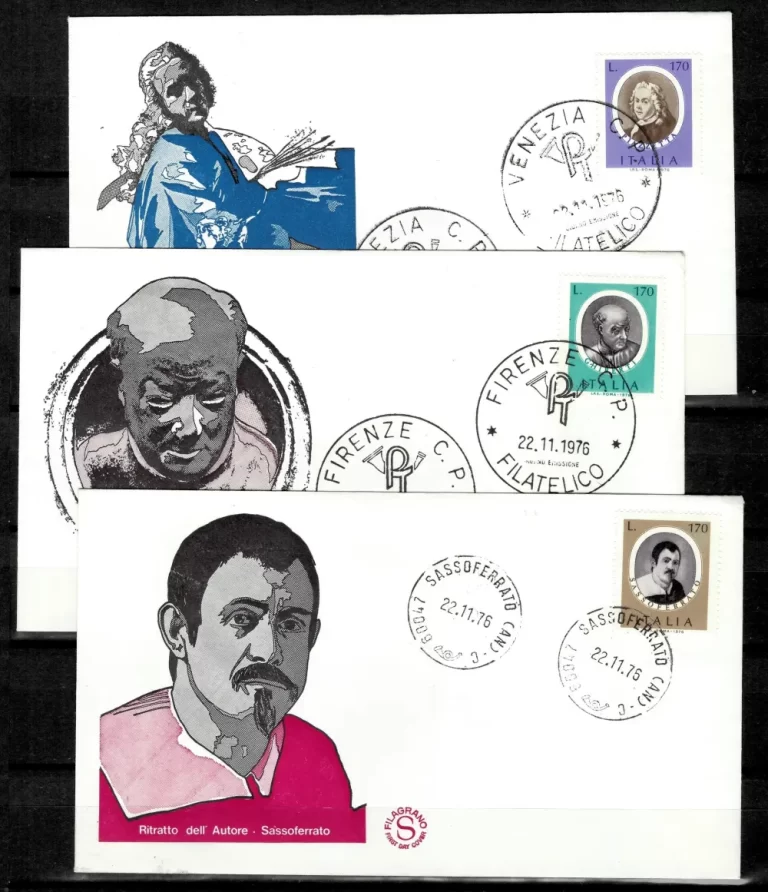
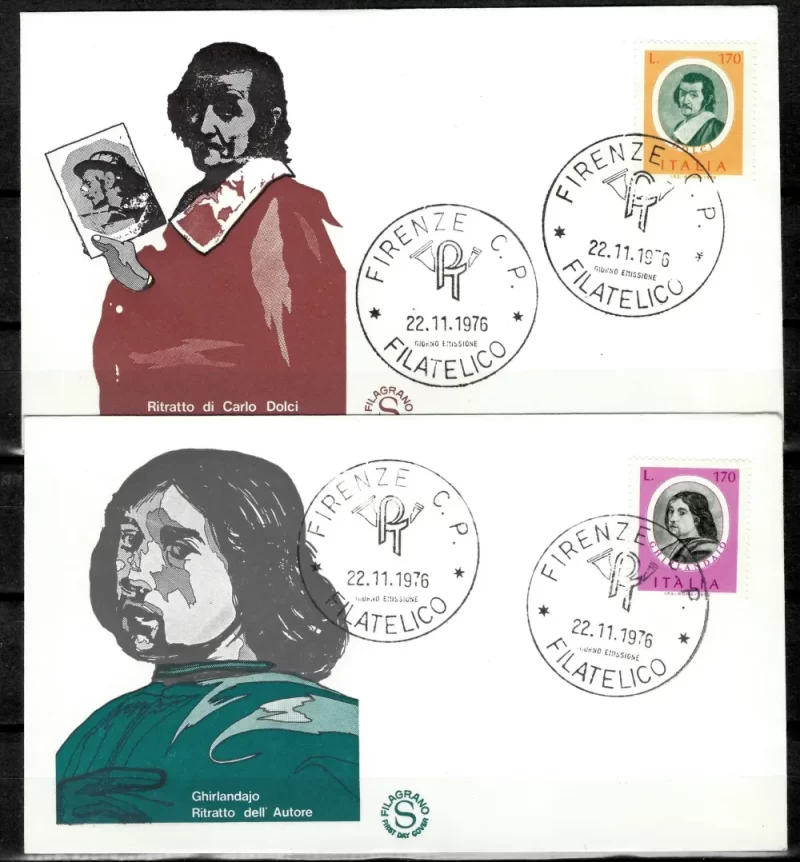
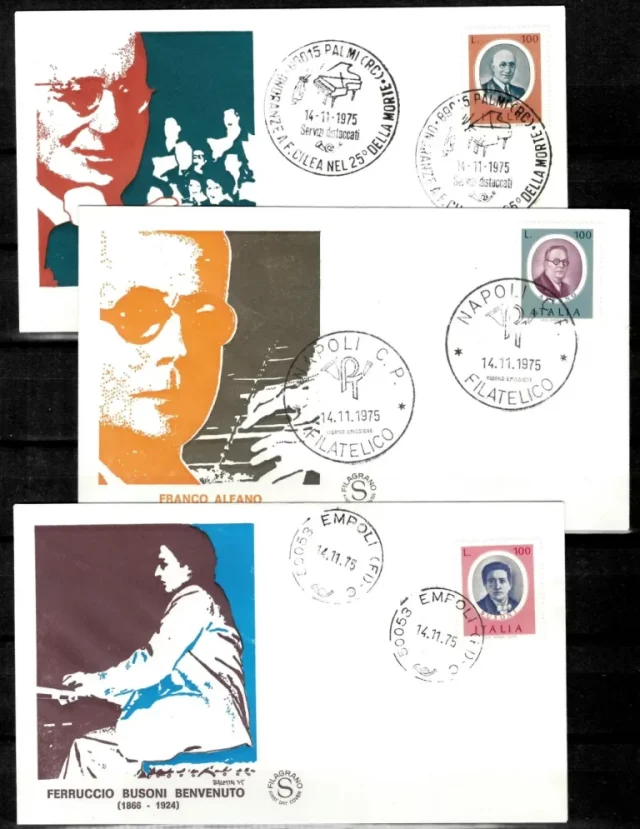
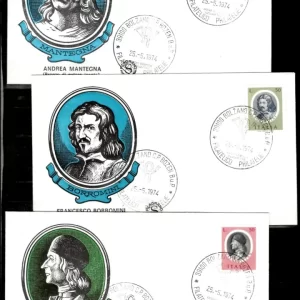

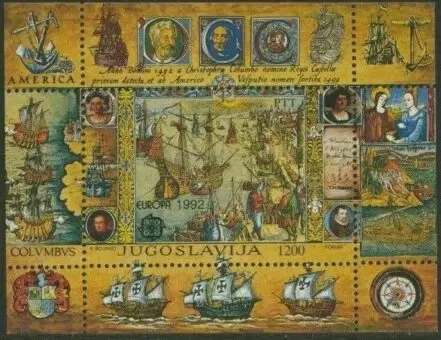
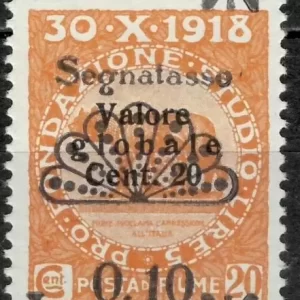
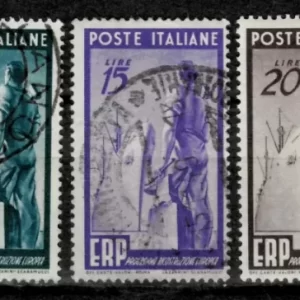
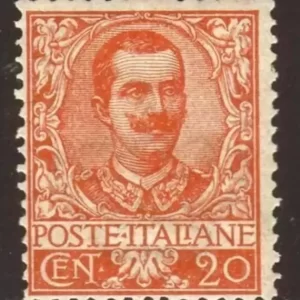
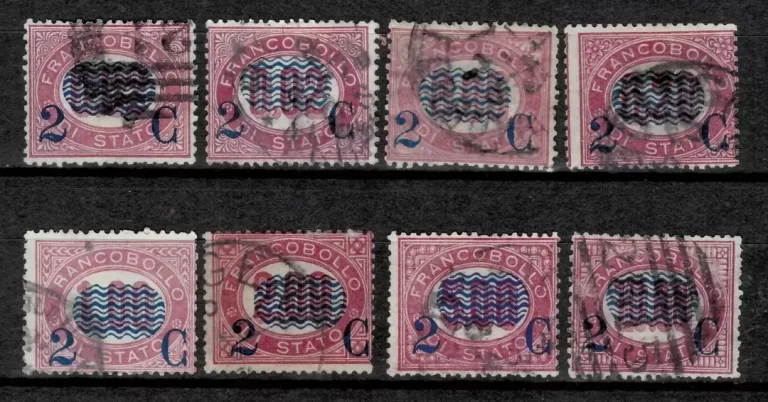

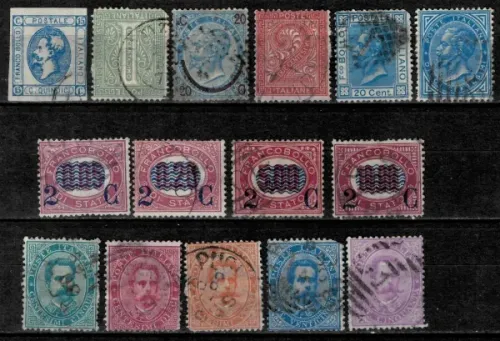
Reviews
There are no reviews yet.